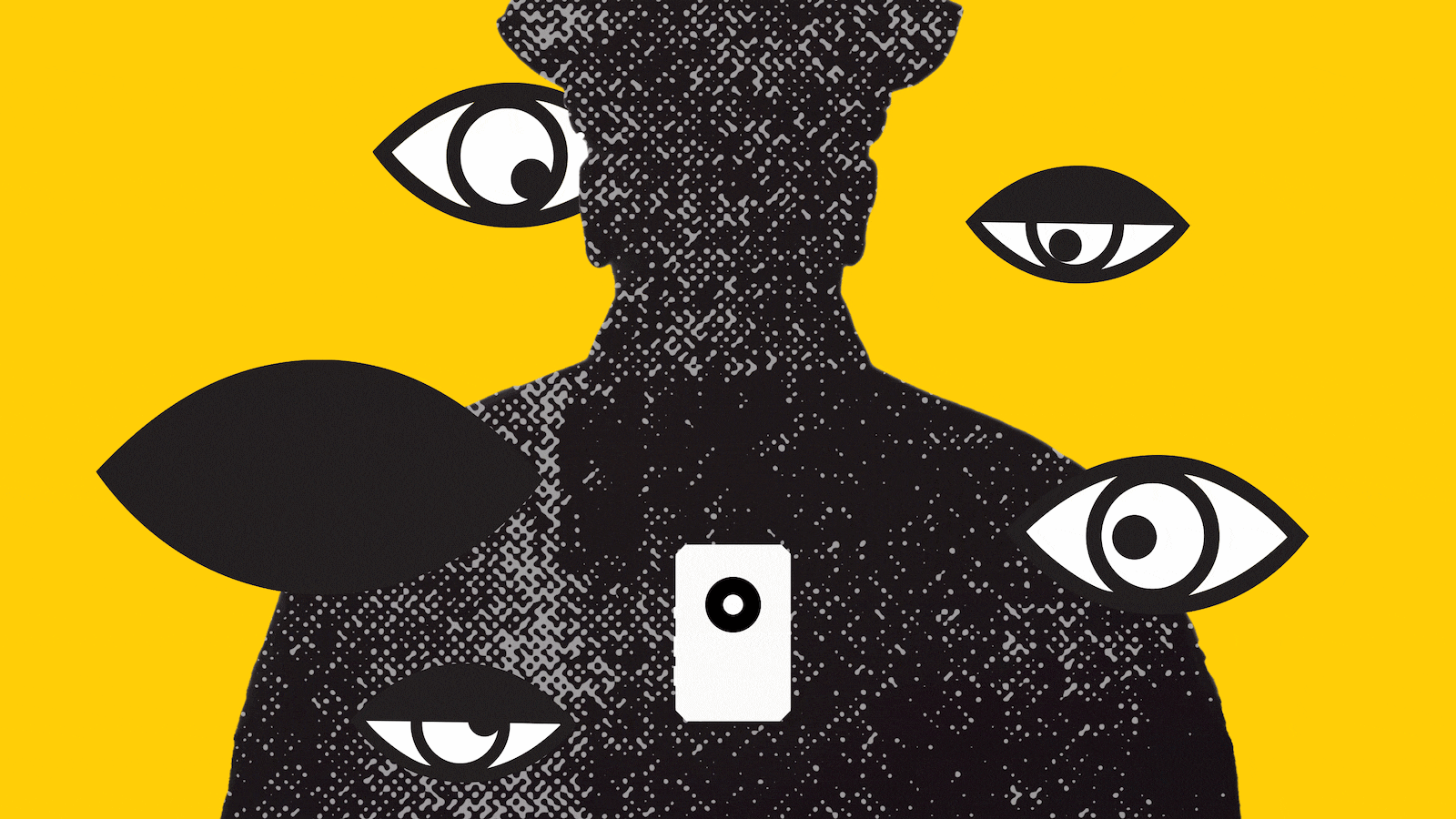The mayor of New York is a retired police officer who doesn’t appear to understand the law.
In a press conference last week, Mayor Eric Adams scolded people for shooting video of “his police officers”—sometimes recording officers engaged in the abuse of their fellow citizens.
“Stop being on top of my police officers while they’re carrying out their jobs,” Adams warned. “That is not acceptable and it won’t be tolerated. That is a very dangerous environment you are creating when you’re on top of that officer who has an understanding of what he’s doing at the time, yelling ‘police brutality,’” said the mayor.
In a press conference last week announcing the launch of the NYPD’s “Neighborhood Safety Teams”—the latest iteration of special units notorious for high-profile killings, illegal stops, beating civilians senseless, and planting contraband—Adams insisted that the completely legal (and constitutionally protected) act of recording civil servants “won’t be tolerated.”
Thankfully, Adams’ creative interpretation of the First Amendment was recently blown to smithereens, thanks to a citizen’s video recording of a recent incident involving police.
When 16-year-old Camrin Williams’ gun discharged during an altercation with police, the teenager was deemed a brutal “cop shooter” by the city’s largest police union and right-leaning media. After he was released on bail, the tabloids and Mayor Adams went into conniptions about a bail system broken by reforms.
But when Williams went before a judge this month (demonstrating the bail system working exactly as it should) Bronx Supreme Court Justice Naita Semaj, after viewing a video of the encounter, excoriated the two officers for illegally searching Williams and then lying about the stop under oath. Judge Semaj called the officer’s testimony “incredible and unreliable” testimony with “no value.”
“He literally does everything you tell your child to do when they’re approached by cops,” the judge added. “He literally kept his hands up. He literally tried to record to make sure there was proof. He answered questions he had no obligation to answer.”
Mayor Adams has pledged to hold the Neighborhood Safety Teams accountable by outfitting them with body cameras—but such cameras have proven to be an ineffective solution to a persistent problem.
A George Mason University meta-analysis of 70 body-camera studies determined that cameras don’t substantially change police or civilian behavior. Cameras can be turned off, obscured, and show encounters from the point of view of officers. And they don’t prevent abuse.
For example, the officers who killed George Floyd wore body cameras, but it was video shot by Darnella Frazier (who was 17 at the time) that showed Floyd’s horrid final moments, and exploded into the world’s consciousness.
Without Frazier’s video, Floyd’s death would have been buried in the hollow language of a press release: “(Floyd) was ordered to step from his car,” according to the news release from the Minneapolis Police Department. “After he got out, he physically resisted officers. Officers were able to get the suspect in handcuffs and noted he appeared to be suffering medical distress… He died a short time later.”
False testimony is so rampant in the NYPD that some officers have referred to it as “testilying.” That’s what inspired Jose LaSalle to join CopWatch, a network consisting of volunteers who document encounters with police. In 2011, LaSalle said, his 14-year-old stepson was stopped by police, who slapped him and called him “a mutt.” He and his wife went to the precinct, but they had no proof. That’s when he decided to start filming.
“We’re out there recording, gathering evidence to show if people are detained unlawfully. If a person gets locked up we have evidence that they can use,” LaSalle told The Daily Beast. He views Mayor Adams’ rant against filming police as a not-so-subtle threat. “In my eyes he made a threat to people like myself who document the police, and it’s not something we’re taking lightly.”
LaSalle knows what he’s talking about. He was arrested in 2016 on bogus charges after filming a stop and frisk in the Bronx. Luckily, he had set his phone to audio-record. And that’s how he captured officers chanting “It’s a party!” about his arrest. LaSalle filed suit against the NYPD, which later settled out of court for $860,000.
According to the database CAPSTAT, which compiles “lawsuits filed in federal court either in the Eastern or Southern Districts of New York…alleging civil rights violations by New York City Police Department officers,” between 2015 and 2018 there were at least 17 lawsuits alleging officers roughed up or arrested people for filming, then charging them with “disorderly conduct” and “resisting arrest.”
LaSalle pointed to an elephant in the room: The Neighborhood Safety Teams’ directives are to confiscate guns. But short of developing X-Ray vision, officers have virtually no strategies to find illegal guns beyond making illegal stops and searches of random people.
“You’d have to stop and search so many people to find one gun,” LaSalle noted. “It’s a pattern that can’t change.”
So CopWatch is launching Operation Wolfpack to record the activities of the Safety Units specifically, no matter what Eric Adams thinks. “Adams can say don’t do this or that, but it’s not going to stop us from documenting the police.”
Sadly, Mayor Adams’ rant against the people who perform this valuable public service seems like a green light for their abuse at the hands of cops.
But recording police in public is a First Amendment right—and it’s indispensable to holding officers accountable, preventing them from getting away with literal murder, as well as a multitude of abuses, from illegal stops to “testilying.”








